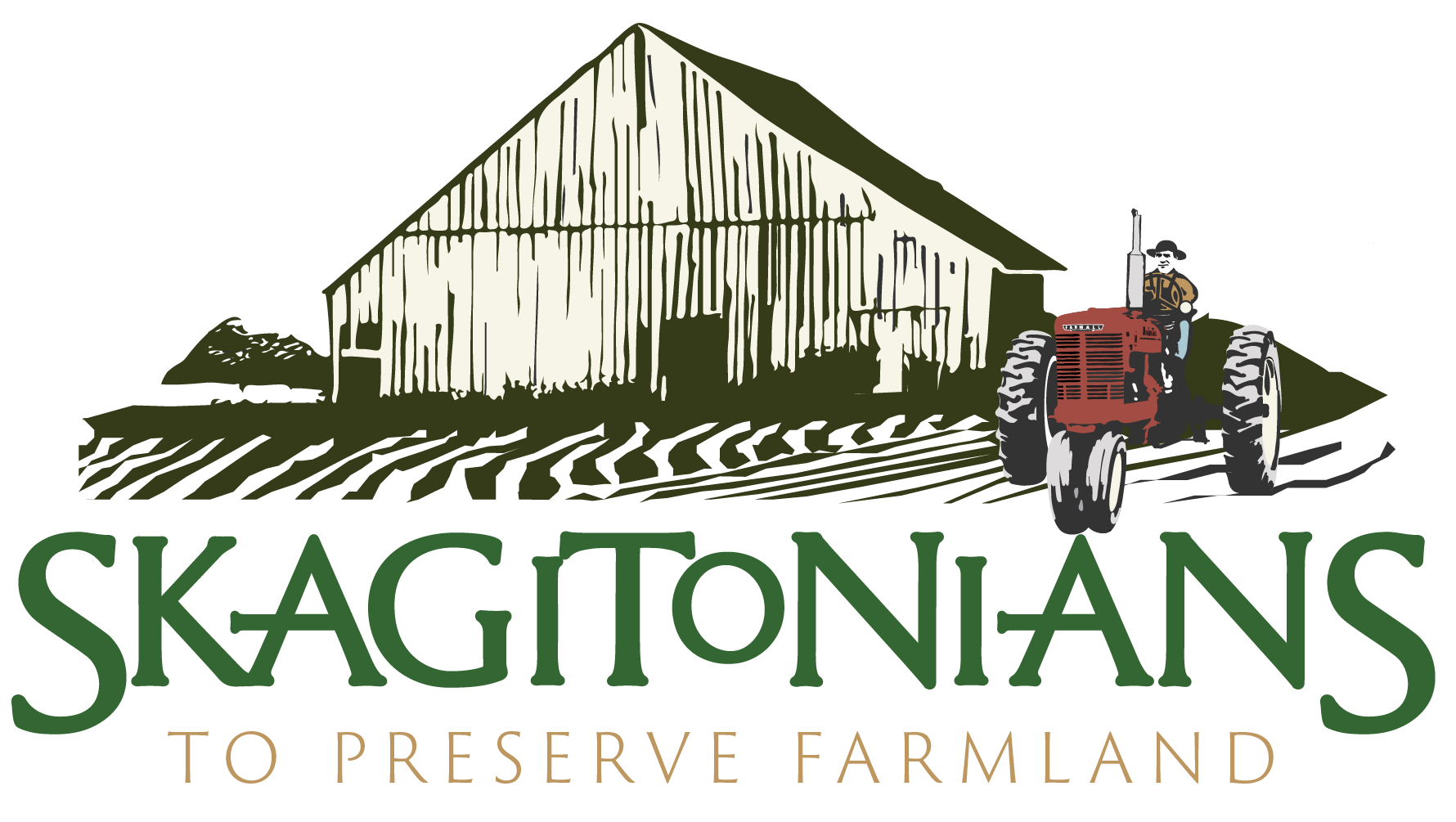The Dirt Issue 13 - Sustainable Agriculture and Sustainable Energy
This is the third article in a series on sustainable agriculture. Let’s consider energy.For those who go all out to embrace sustainability, sustainable agriculture and sustainable energy are really two sides of the same coin. Energy to power the tractor, pump the water, operate the milking machines, and light the outbuildings is a significant operational expense on any farm. But the source and reliability of that energy may be far more diverse on the farm than you might imagine.There have been astounding improvements in alternative, or renewable, energy sources, ushering in an era of greater energy availability coupled with surprising diversity of sources.But, is it sustainable?It depends on the mix. Traditional, or fossil-fuel, energy markets have experienced a huge increase in available resources in the last few years and even the most thoroughly sustainable energy system relies on their use to some extent, even if only as backup.At the same time, however, technological innovations in renewable energy have driven down the cost of their installation and use to the point where they are competitive in many on-the-farm applications. Here in the Skagit Valley, a number of farmers have used available subsidies to convert to solar power, realizing up to 75 percent of their farm’s electricity needs while achieving payback on their system costs in 3 to 8.5 years. Weigh that against the 30-year or longer lifespan of the power system, and the numbers become very attractive. With renewables, it all starts with the sun.According to the Union of Concerned Scientists, “All the energy stored in Earth’s reserves of coal, oil and natural gas is equal to the energy in 20 days of sunshine.” Renewable energy sources—wind, solar, and even biofuels—are all derived from sunlight.Wind is generated from sunlight warming the atmosphere. Sunlight causes photosynthesis which is essential to make plants grow. Those plants are a potential source of biofuels, like ethanol from corn, or feed for livestock which produce manure, another source of renewable, green energy. And, of course, electricity for all kinds of applications is generated from solar arrays.Farms are uniquely qualified to make use of a multitude of energy sources.Solar electric panels are commonly used for a whole host of farming operations. They power electric fences to contain pasture-raised pigs as they are rotated from plot to plot, they operate remote irrigation pumps, heat livestock sheds, and increasingly, power the bulk of a farm’s electricity needs. Here in the valley, on farms from Sedro Woolley to Mount Vernon to Bow and beyond, solar electricity contractors have set up systems that generate as much as 75 percent or more of the farm’s electrical requirements for everything from barns to greenhouses to the family home.If a farm’s topography and local climate create frequent and reliable winds, wind turbines can not only meet many of the farm’s energy needs, but may be a source of income. Energy in excess of the farm’s needs, from solar, wind or any other type of renewable, on-the-farm power generation, can be sold to the power utility (the grid) or credited against purchases from the grid.Another remarkable source of renewable energy here in the Skagit Valley is the anaerobic digester of Farm Power Northwest. This closed-loop, green energy operation separates methane from dairy cow manure through an enclosed, bacteria-driven digestion process. The methane is fuel for a generator that produces enough electricity to power 500 homes. To complete the cycle, the processed manure is returned to the farm as two essential byproducts: an organic fertilizer, free of pathogens and odor, and fibrous, sterile solids for cow bedding.There’s help available to invest in renewable energy.The suitability and adaptability of renewable energy on the farm is well-documented. To facilitate the transition, the USDA Rural Development REAP (Rural Energy for America) Program, provides guaranteed loan financing and/or grant funding for farmers to purchase or install renewable energy systems, including solar, wind and biomass. The program can also assist with energy efficiency improvements such as updated HVAC systems, insulation, doors and windows. Sustainable energy is flexible.It’s not hard to imagine a farm using a variety of energy sources, taking advantage of the site-specific characteristics of the farm to combine renewables with traditional energy sources as back up. The more on-the-farm energy sources a farmer utilizes the greater the benefits: energy self-reliance, insulation from energy price fluctuations, and reduction of financial risk. In other words, it’s sustainable agriculture through sustainable energy.
